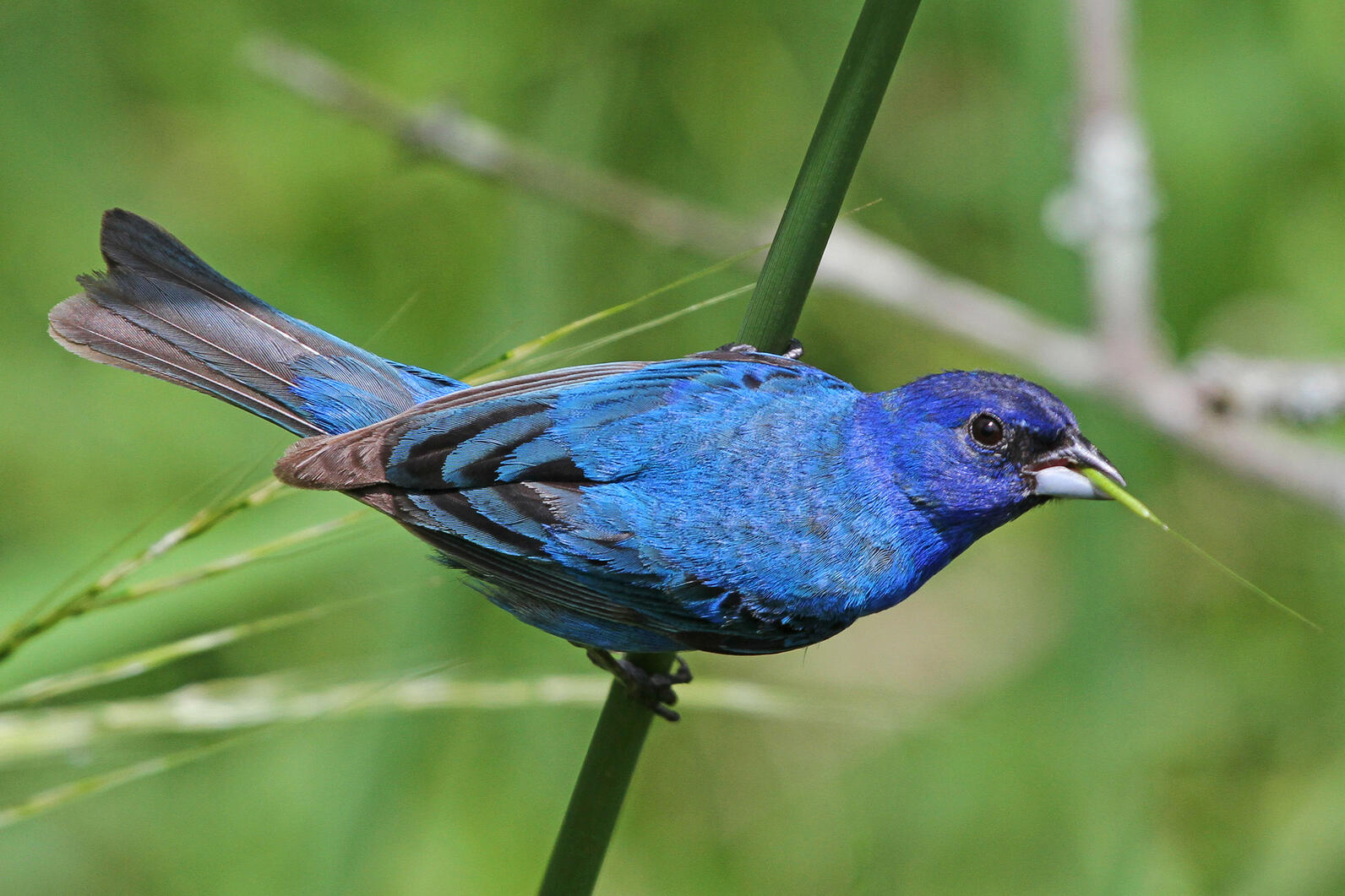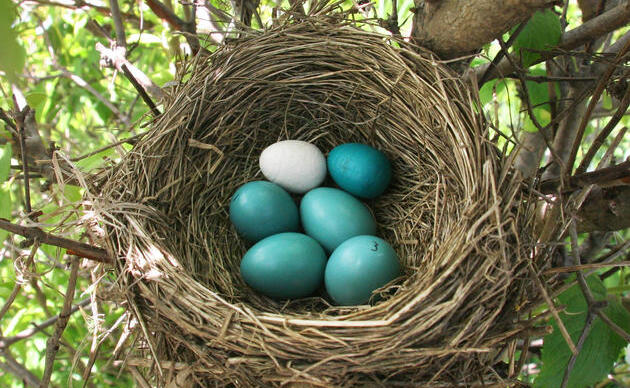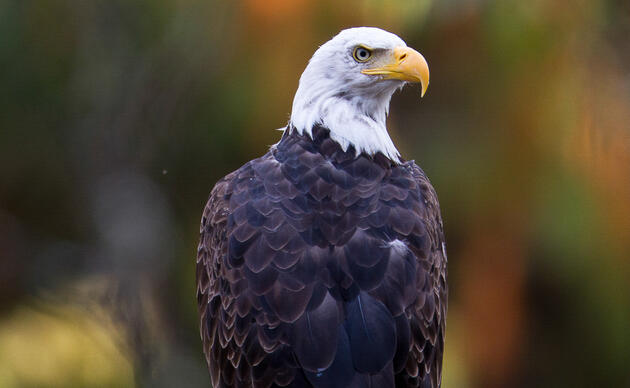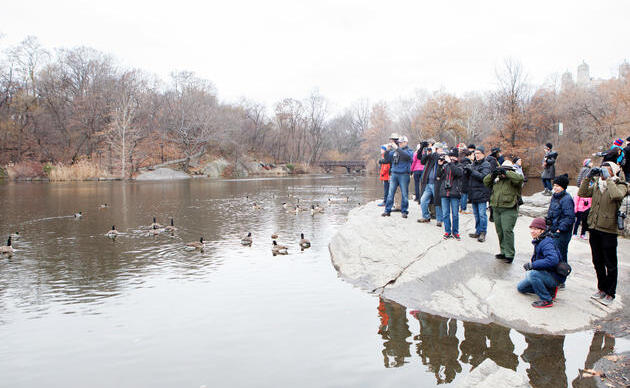
Fall is a busy time of year for many migratory birds as they travel thousands of miles south to their wintering grounds.
Many birds migrate at night to avoid predation, use celestial cues for navigation, and maximize daylight foraging hours.
Bright city lights lure nighttime migrants into urban areas and confuse them by obscuring the moon and stars. Once trapped in the bright, windowed maze of the city, birds may crash into buildings or circle buildings until they collapse from exhaustion.
A study by the Field Museum in Chicago found that turning off lights at one downtown building reduced migratory bird deaths there by 83 percent.
Over the past decade, volunteers have noted more than 4,700 dead and injured native, migratory birds from a sampling of buildings in downtown St. Paul and Minneapolis.
In 2007, Audubon Minnesota launched Lights Out to encourage buildings to reduce their lighting use. Through Lights Out, you can help migratory birds avoid potentially-deadly obstacles and reach nesting grounds. By supporting Audubon Minnesota, we can lower greenhouse gas emissions, increase the number of participating buildings, and ultimately, help more birds make it safely to their destination.
Homeowners are encouraged to participate in Lights Out to help make their homes more bird-friendly, too.
Take these simple steps to make a difference today:
- Turn off unnecessary indoor and outdoor lights at night.
- Shield external lights to direct light downward.
- Install motion sensor-activated lights.
- Encourage building managers to participate in Lights Out. Implementing Lights Out practices will reduce energy consumption and save money.
If you're a building owner or manager that would like to participate, visit this page to learn more.






